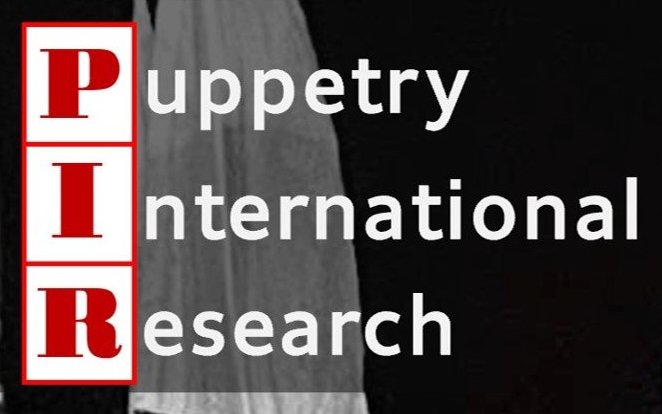MEGA-PUPPETS
FALL/WINTER 2007 ISSUE NO. 22
Table of Contents • Editor's Note • Selections
The Growth of Halloween Itself
by Rolande Duprey
Within the life of the NYC Parade, Halloween itself has become very commercialized, second only to Christmas as the most profitable holiday in the U.S. The ʻHaunt Industry' boasts tradeshows, haunted houses and events, and a long list of product manufacturers, some of whom produce giant puppets.
Unlike other Halloween events, or Macy's Thanksgiving Day Parade, the Halloween Parade has successfully eschewed commercialism. If someone wants to be a sponsor, they need to participate creatively, and with participation comes the possibility of being satirized. "Nobody can use our audience – it's trick or treat: the sponsors don't get the "treat" of our audience's enthusiastic response, don't get the treat (of sponsorship and the audience's approval), unless they do a trick. They have to do something fun," says Jeanne Fleming. "Nobody can take over the event, no patron, no sponsor. We don't solicit. It takes a very unique sponsor to be able to deal with the fact that they will not be able to control the circumstances surrounding their image. They don't know what will happen." One year, Ben and Jerry (of Ice Cream fame) joined in as "Ghost Cows," or Giddy Cows - cows that were late in coming in from pasture that year. Instead of saying, "moo" they said "boo." Another year, Jet Blue staff were choreographed and danced in airplane costumes, complete with airport lights. "We never know how much money we will have to work with—it varies from year to year how much we will have to pay, but we never go over budget," confides Jeanne.
Sophia sees the commercialism of Halloween as a good thing for puppet designs. The growth of the industry has made technology more accessible to artists.



